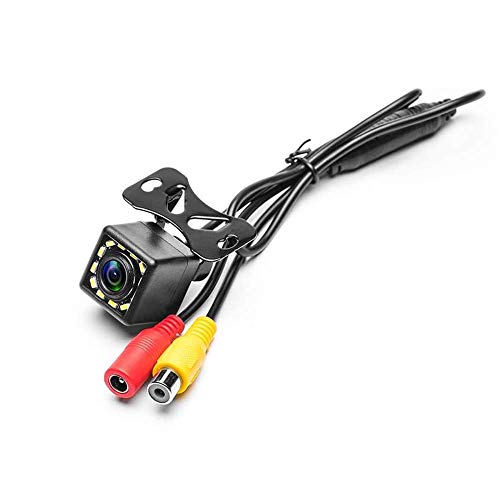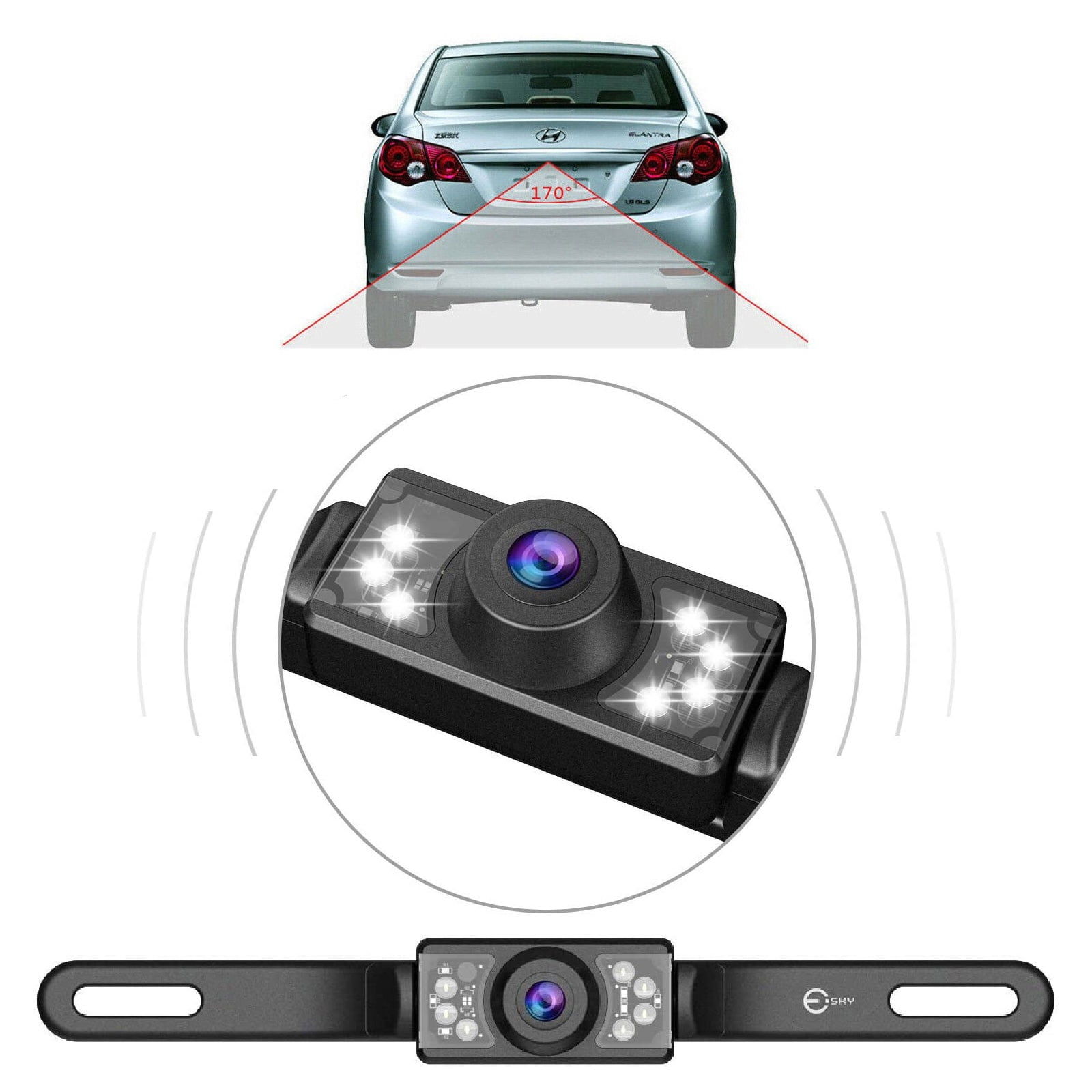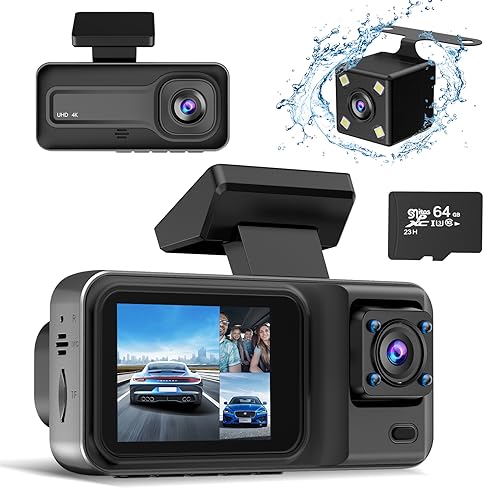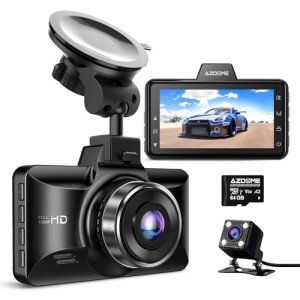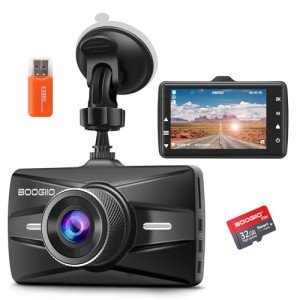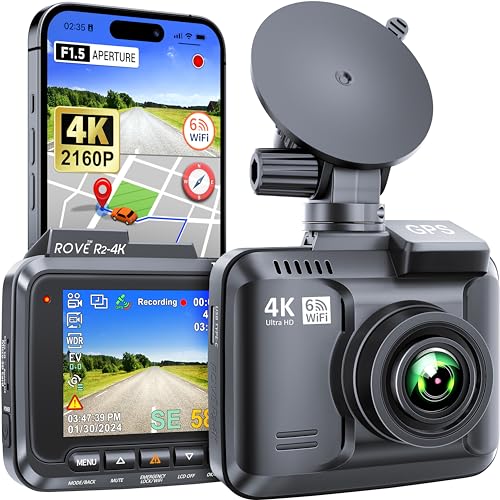When you dive into the world of camera lenses, it can feel a bit overwhelming at first. But don’t worry! Let’s break it down in a simple way so you can find the right fit for your photography style.
First up are prime lenses. These are fixed focal length lenses, meaning they don’t zoom in or out. They often take stunning photos with crisp detail and bright colors because of their wider apertures. If you want to achieve that beautiful blurry background, a prime lens is your friend. They come in various sizes, like 35mm or 50mm, and are great for portraits and street photography.
Next, we have zoom lenses. These are super versatile since they let you change focal lengths without swapping lenses. Imagine being on a hike and wanting to capture a distant mountain or a close-up of a flower without having to fumble with your gear. Zoom lenses cover a range of distances, like a 24-70mm, which is perfect for landscapes and events. They’re ideal when you need flexibility and don’t want to miss a moment.
Then, there are macro lenses. If tiny details fascinate you—think close-up shots of insects or flowers—macro lenses will be your best buddy. They allow you to focus on subjects that are super close, revealing details the naked eye might miss. If you're into those intricate shots that truly capture nature's beauty, this is the way to go.
Last but not least, we have wide-angle lenses. These are perfect for landscapes, architecture, or cramped spaces where you want to take in as much as possible. A wide-angle lens captures a broader view, making everything look expansive. It’s a fantastic option for travel enthusiasts or anyone wanting to showcase grand sceneries in their photos.
Choosing the Right Focal Length
When diving into the world of camera lenses, understanding focal length is super important. Focal length affects how zoomed in or out your photos will be, and it shapes your overall composition as well. It’s all about finding the right fit for what you're shooting.
Shorter focal lengths, like 18mm to 35mm, are great for wide-angle shots. Think landscapes or big groups of people. These lenses let you capture a lot more in one frame, which is awesome for those stunning outdoor shots or cozy family gatherings.
On the flip side, if you’re leaning towards portraits or wildlife photography, you’ll want something longer, like 85mm or even 200mm. These lenses give you that nice, flattering compression for portraits and help you get close-up shots without disturbing your subject. You’ll notice a big difference in the way your images pop!
Don’t forget about the versatility of zoom lenses. Lenses like 24-70mm cover a range of focal lengths. They let you adapt to different scenes without switching lenses constantly. Perfect for when you're out and about and don’t want to lug around multiple pieces of gear!
Choosing the right focal length can feel a bit overwhelming at first, but once you know what types of shots you want to take, it gets easier. Think about your photography style and what subjects you love to shoot, and you’ll be on your way to picking the best camera lenses for your needs!
Camecho Waterproof Backup Camera with Night Vision
Capture every moment clearly, day or night, even in the toughest conditions
Product information
$9.99
Product Review Score
4.57 out of 5 stars
230 reviewsProduct links
Aperture and Its Importance
Aperture is one of those terms you’ll hear a lot when diving into Camera Lenses. Simply put, it’s the opening in your lens that lets light in. Think of it like the pupil of your eye; it gets bigger in low light and smaller in bright light. The size of the aperture affects not just how much light reaches your camera sensor, but also how your photos look.
When you adjust the aperture, you’re also changing the depth of field. This is the amount of your shot that stays in focus. A wide aperture (like f/1.8) gives you a shallow depth of field, which is great for portrait shots where you want the background to be blurry. On the other hand, a smaller aperture (like f/16) brings much more into focus, perfect for landscape photography.
Aperture is typically measured in f-stops. If you see a lens that goes from f/2.8 to f/22, that means you can really play around with how your images turn out. Remember, a lower f-stop number means a wider opening and lets in more light, while a higher number does the opposite. Understanding these numbers can really help you get the most out of your Camera Lenses.
So, when you’re shopping for Camera Lenses or playing with your current setup, think about how you want your images to look. Want that nice, soft blur behind a sharp subject? Go for a lower f-stop. Trying to capture a detailed landscape? Crank it up for more depth. Knowing how aperture works makes a huge difference in your photography journey.
HD Car Rear View Backup Camera with Night Vision
See clearly in any light with this reliable and easy-to-install backup camera
Product information
$14.48 $13.48
Product Review Score
4.13 out of 5 stars
154 reviewsProduct links
Lens Maintenance Tips for Beginners
Keeping your camera lenses in good shape is super important. A clean lens means clear photos. Here are some easy tips to help you take care of your camera lenses, so they stay in great condition.
First up, always use a lens cap when you’re not using your camera. It keeps dust and scratches away. When it’s time to shoot, hold the camera by the body and not the lens. This prevents any accidental bumps or pressure that could damage the equipment.
Cleaning your camera lenses isn’t hard. Instead of using your shirt or any random cloth, invest in a microfiber cloth. These are gentle and won't scratch the lens. If you notice dirt or smudges, use a blower to remove dust first, then gently wipe with the cloth. For tougher grime, a few drops of lens cleaner on the cloth does wonders.
Lastly, store your camera lenses properly. Keep them in a padded case when not in use. Avoid leaving them in the car or anywhere with extreme temperatures. Protecting your camera lenses from humidity and direct sunlight helps maintain their quality and lifespan. Remember, a little care goes a long way in keeping your gear ready for your next photo adventure!
